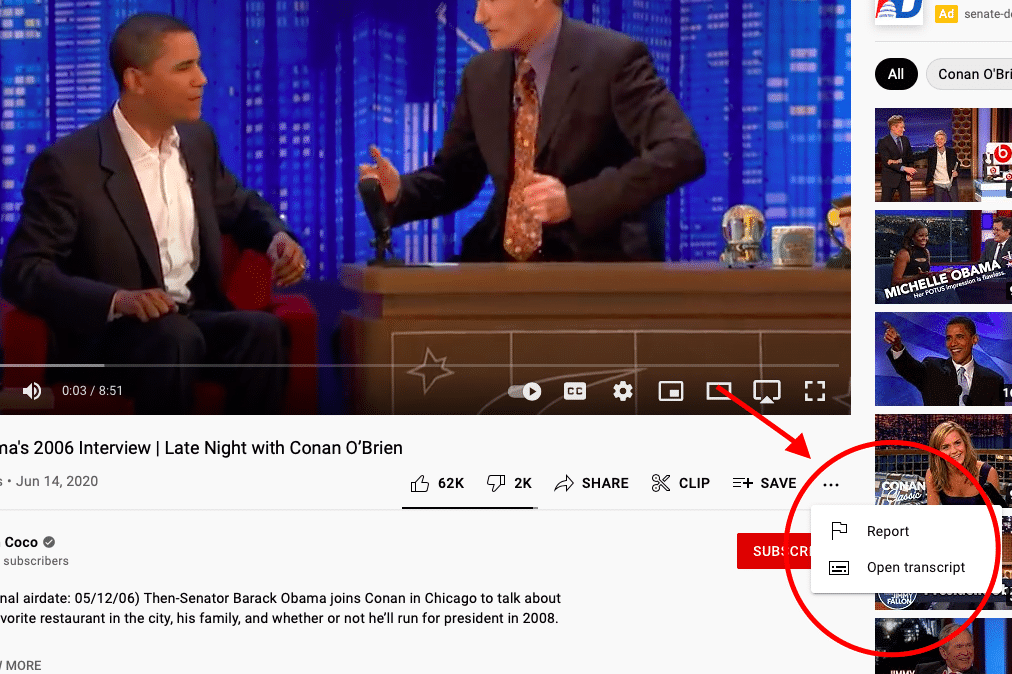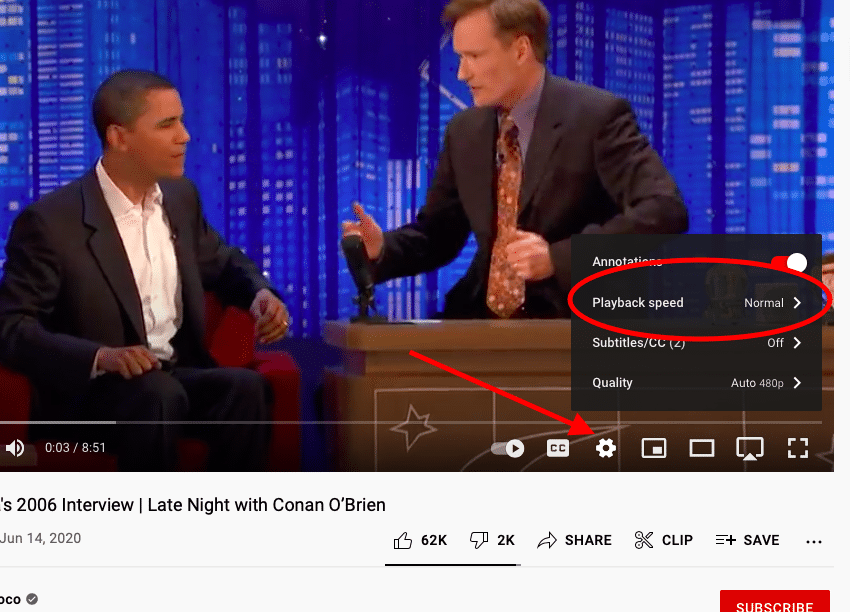consider-conflict-content These three words can be pronounced 5 different ways
Use English melody and pronunciation at the same time.
Let’s concentrate on a few words that begin with the letters con. To understand how to pronounce these con-words, it is best if you first understand whether the word is going to be used as a noun or a verb. Let’s just say that you can
1. predict which syllable to stress and
2. choose how to pronounce the vowel O in words that begin with C-O-N
First you need know if the word you want to pronounce is being used as a noun (a person, place, or thing) or a verb (the action).
Listen to this week’s Pronounce English with Pam Podcast episode 80 for your lesson about the American English melody and pronouncing the letter O. This week’s lesson is filled with great ideas to help you sound natural and be better understood. Use the words below as a guide while you repeat after me on the podcast!
Melody is what the listener is listening for!
Melody is the movement of a language. One of the ways to understand American English melody is to understand how to use stress in each word. Here we are talking about stress to raise and lower your pitch, specifically in the syllables that are written in large print below. CONcert means to stress the first part of the words CON. Or in the verbs conVINCE means to stress the second part of the word.
Nouns
Stress the first syllable. Practice the O with the vowel sound /a/. Open your mouth!
CONcert
*CONtest
*CONflict
*CONtent
CONcept
CONgress
Verbs
Stress the second syllable . Practice the O with a reduced vowel sound /ə/
conFIRM
conVINCE
conFESS
conTROL
* conDUCT
conFUSE
conSENT
*These words can be used as either nouns or verbs. Put stress on the 1st syllable when saying a noun. Put stress on the 2nd syllable when saying a verb.
noun contest /kan-tɛst/ – verb contest /kən-tɛst/
noun conflict /kan-flikt/- verb conflict /kən-flikt/
noun content /kan-tɛnt/- verb content /kən-tɛnt/
noun conduct /kan-dʌkt/- verb conduct /kən-dʌkt/
Questions? Comments?
CONtact me anytime! Now you know how to say “contact” too.











